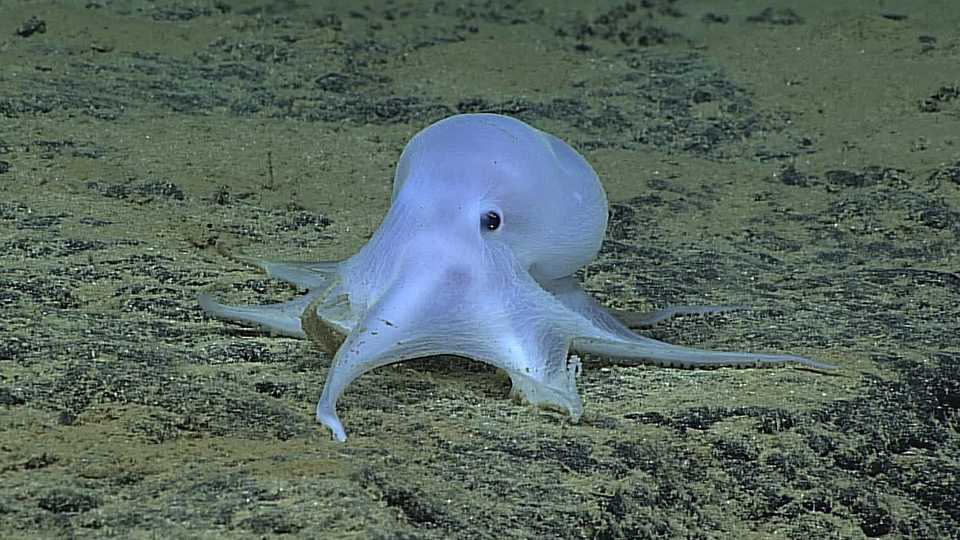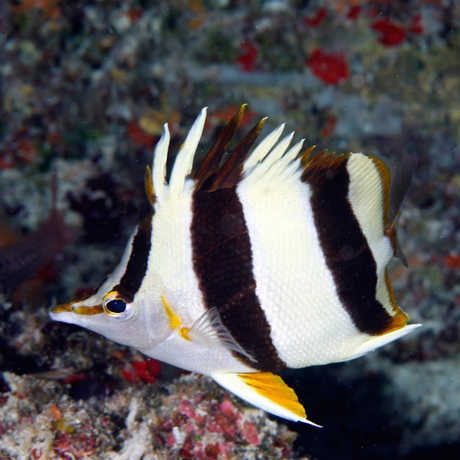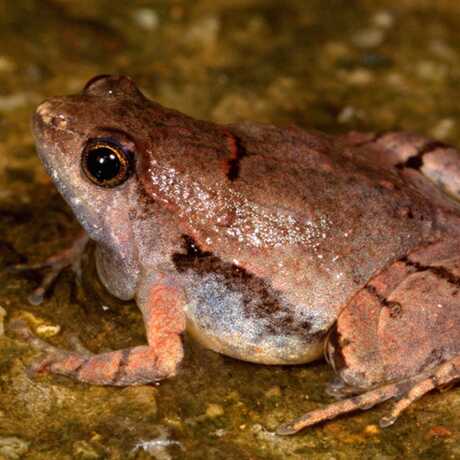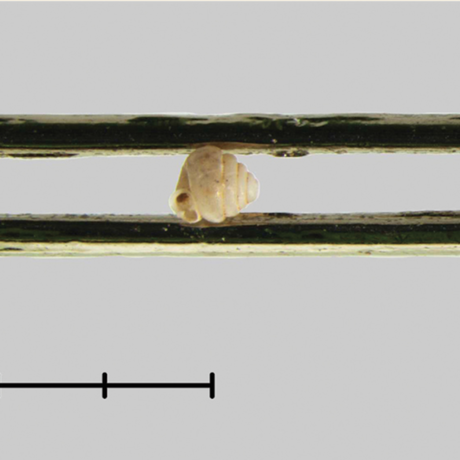Science News
New Discoveries: Small Giants, Rattlers, and an Eye-Catching Octopus

New Discoveries is a collaboration between Stanford and Academy scientists and staff, appearing on the second and fourth Wednesdays of every month. Here we celebrate new species publications and demonstrate how much more there is to learn about life on Earth.
The Smallest Giant Flower
Botanist Edwino Fernando of the University of the Philippines and colleagues just discovered a crimson-flowered beauty, Rafflesia consueloae, on the Philippine island of Luzon. Several things make the new plant interesting. Its sister species, R. arnoldii, has a bloom more than three feet (less than a meter) across, the largest in the world. This new species is a little giant that produces flowers only four inches (10 centimeters) wide. R. consueloae is also vulnerable, known from only two small mountain populations found about a mile (1.6 kilometers) apart in the Philippine rainforest. Like other species in the genus, R. consueloae is parasitic. It lacks roots or leaves and relies instead on its plant host to supply it with carbon and nutrients. It's also a stinker. It gives off the smell of rotting flesh to attract non-traditional pollinators such as flies. Rafflesia consueloae was described on February 25 in the journal Phytokeys.
Six New Rattlesnakes
Don’t be alarmed. These rattlesnakes have always been around, but scientists weren’t confident they were separate species. “These snakes have long been recognized by herpetologists as being demonstrably different, and in fact were designated as western rattlesnake subspecies in the first half of the 20th century,” says Michael Douglas of the University of Arkansas. “None are currently considered rare, but species designation allows them to gain certain legal protection, particularly within individual states.” He and his colleagues used the head shapes and genetic data of 3,000 western rattlesnake specimens in museum collections to determine the individual species. Their findings are published in PLoS ONE.
Another New Snake
Melanophidium khairei, or Khaire’s black shieldtail, is a new burrowing snake described from the Western Ghats in India. The snake is named after Indian conservationist Neelimkumar Khaire, who founded the Katraj Snake Park and Indian Herpetological Society in Pune. The snake was originally found 144 years ago but misidentified. The scientific team that made the discovery also revised the entire Melanophidium genus in a study published last week in Zootaxa.
We Couldn’t Resist
We usually don’t report on new species until they have been published in a peer-reviewed scientific journal, but this new deepsea octopus, pictured above, is a worthy exception. Not just because of its looks (we’re not that shallow), but because cephalopods are so frickin’ cool! And because smart, reputable NOAA scientists made the discovery. This new eight-armed beauty was discovered using a remotely operated vehicle (ROV) in the Hawaiian Archipelago, at a depth of 2.5 miles (4.3 kilometers)! At that depth, only cirrate, or finned, octopods (also known as “dumbo” octopods) have been discovered. But this is most certainly an incirrate species: no fins, and more similar in morphology to shallow species. Also, its suckers were in one, rather than two, series on each arm. Need more evidence that it’s a new species? This animal also lacks the pigment cells, called chromatophores, typical of most cephalopods, giving it a quite ghostly appearance.
Image: NOAA Office of Ocean Exploration and Research, Hohonu Moana 2016


